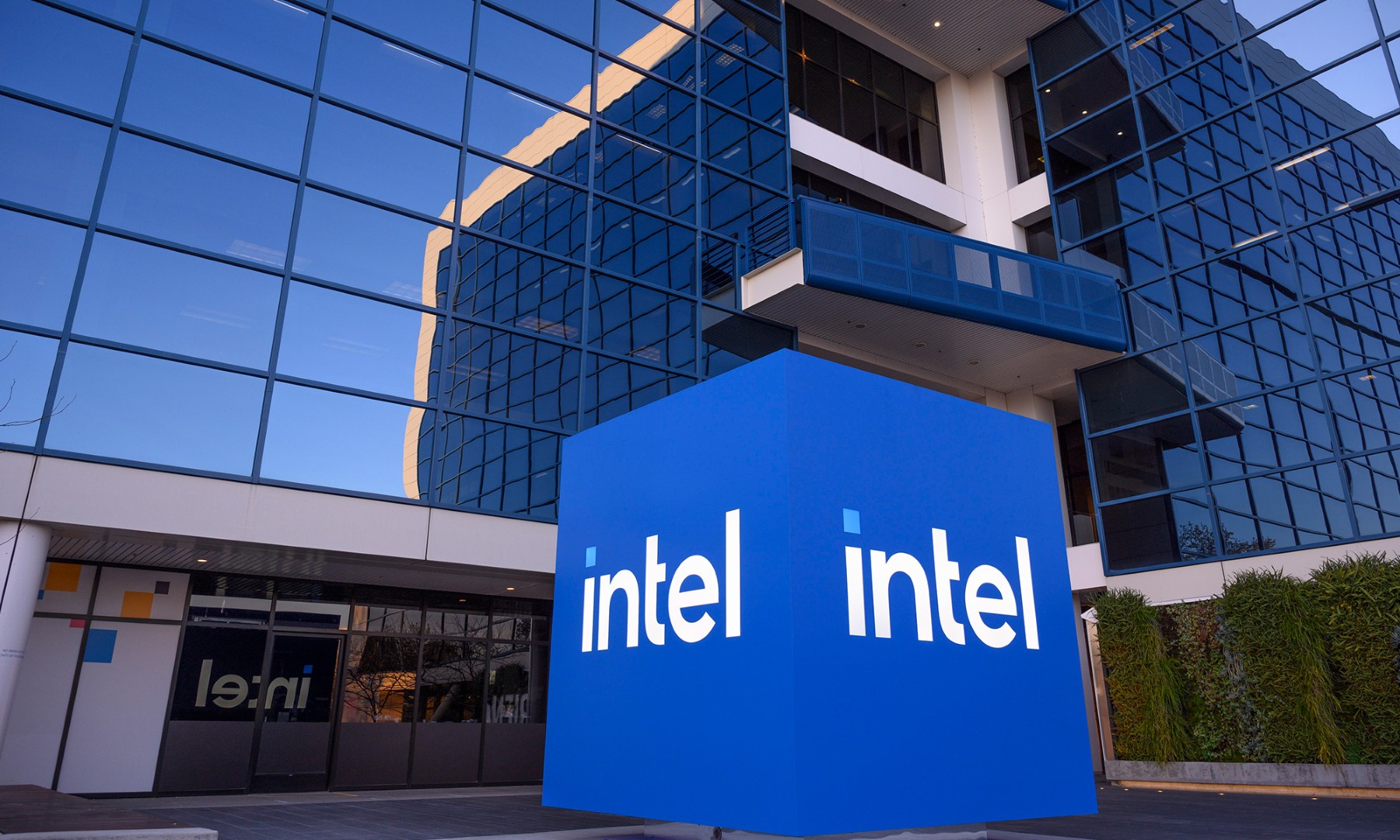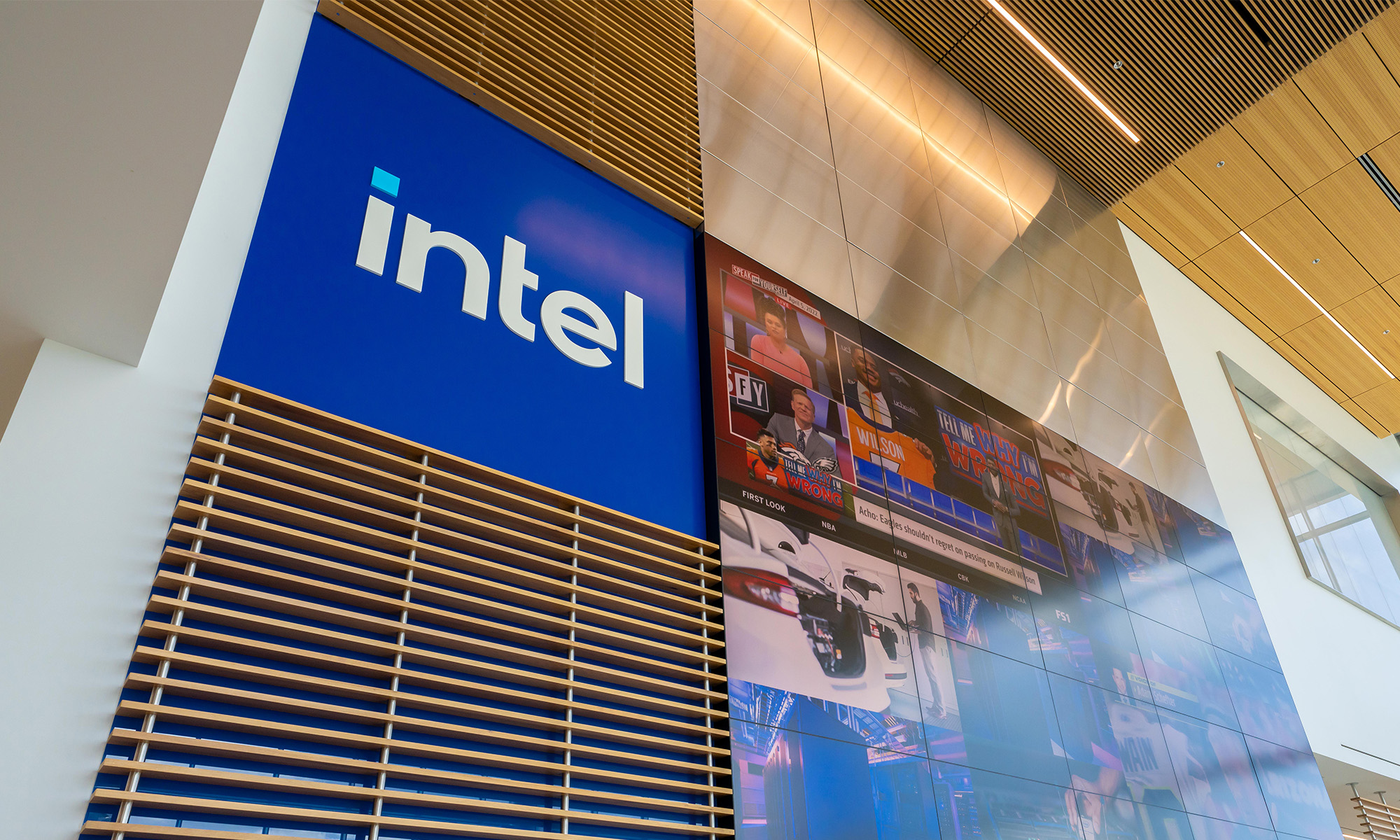Followers of my columns know that I think Intel (INTC +6.86%) is in desperate need of a leadership change, particularly at the top of the organization.
The company's execution in trying to enter new markets has been abysmal, with the company's failure to become a credible player in the mobile system-on-a-chip business being the most obvious example of that failure, but certainly not the only one.

Image source: Intel.
It's not just Intel's failure to enter new markets that has me calling for new management at Intel; it's the fact that the company has fumbled some of its key competitive advantages, with chip manufacturing technology being the most egregious example.
As Intel's execution continued to deteriorate, company executives and technologists made many statements that, put mildly, haven't aged well. Here are two.
The competition didn't collapse
In April 2012, Intel Senior Fellow Mark Bohr reportedly said that "the foundry model is collapsing."
Intel is what's called an "integrated device manufacturer" (IDM), which is another way of saying it's a company that designs and manufactures its own chips. The "foundry model" Bohr was referring to is what most of the rest of the chip industry uses. Under this model, many chip design houses, known as fabless semiconductor companies, design chips but then outsource the production to third parties.
Well, the collapse that Bohr said was happening didn't happen. Instead, the fabless model grew stronger as the foundries accelerated the pace of their technology development and deepened their relationships with their fabless customers.
Today, Taiwan Semiconductor Manufacturing Company (TSM +5.28%), the leading foundry, commands a market capitalization of $182 billion, while Intel is slightly less valuable at about $162 billion.
TSM Market Cap data by YCharts
So much for the "collapse."
10-nanometer fail
Back on Intel's July 2015 earnings call, CEO Brian Krzanich admitted that the company's troubled 10-nanometer chip-manufacturing technology would be late. The first products built on this technology had previously been expected to go into production in the second half of 2016, but that timeline was pushed out to the second half of 2017.
Not only was Intel supposed to launch that first 10-nanometer product, known as Cannon Lake, in the second half of 2017, but the company was supposed to transition "a large percentage of [Intel's] CPUs in volume in the second half of 2017" on that technology.
Intel obviously missed the mark here, as these chips are now expected to roll out in the second half of 2018. But that's not the end of the "fail" here. In explaining Intel's plans, Krzanich threw some serious shade on its competitors.
"We believe that we'll continue to lead [the competition] with roughly the same leadership position that we have today," Krzanich said. "We base that on, one, what really counts when I talk about 2017 -- that's not samples, that's not small volume."
This is very obviously a dig at its chip manufacturing competitors.
The joke is on Intel here, though, because Samsung (NASDAQOTH: SSNLF) has shipped millions of Galaxy S8 smartphones with chips built using its 10-nanometer technology, customers can buy iPad Pro tablets today with TSMC 10-nanometer-based A10X chips, and they'll soon be able to buy iPhones -- which ship in the tens of millions per quarter -- with TSMC 10-nanometer-based A11 Fusion chips.
You won't be able to buy a computer with an Intel 10-nanometer-based chip until sometime next year.
It'll be interesting to see -- if the question comes up on the earnings call later this week -- if Krzanich still thinks Intel still leads the competition with respect to chip-manufacturing technology by the same amount it had in the past.








